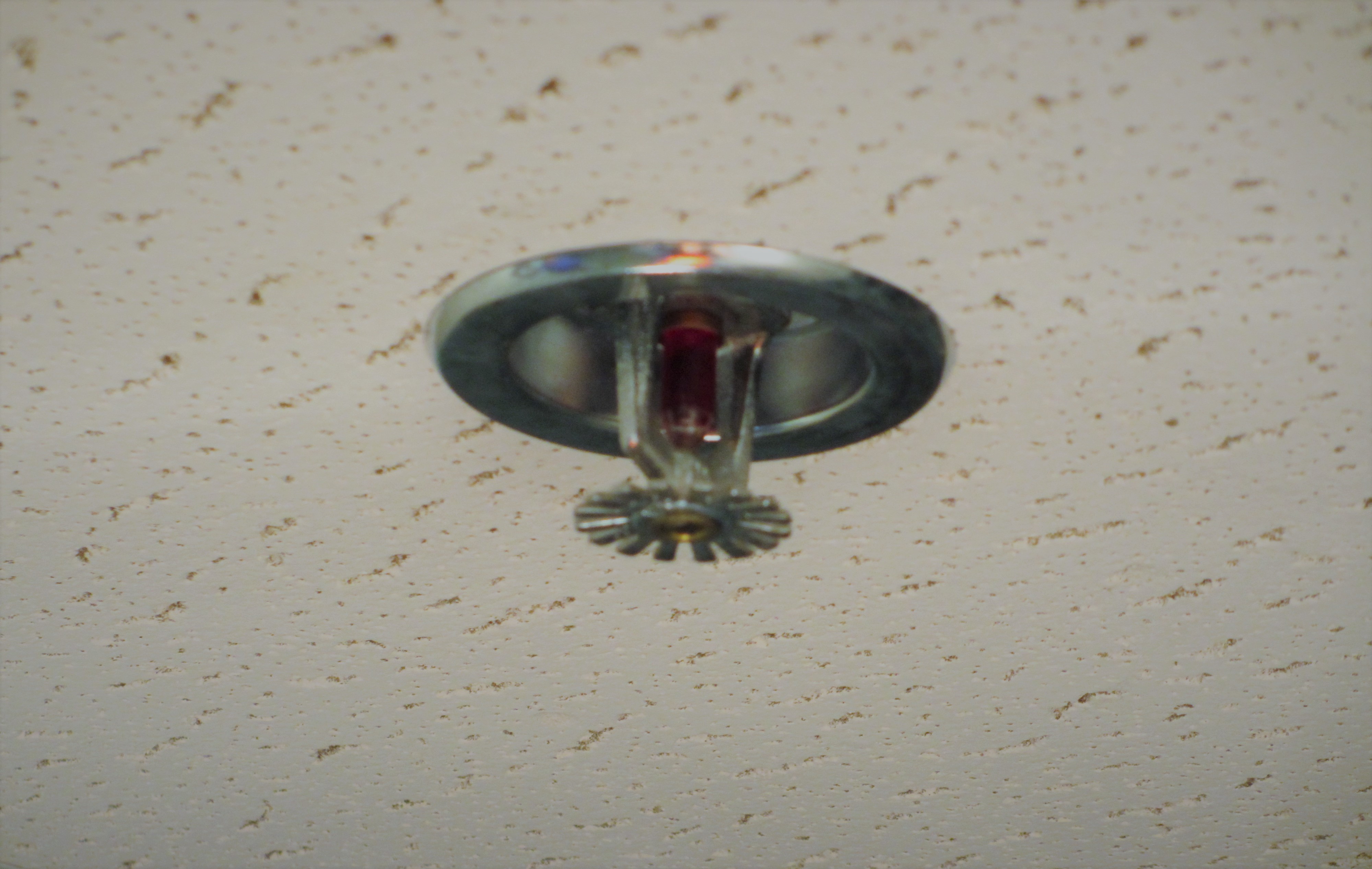Protecting people and property from fire hazards is an essential responsibility. Uniting equipment and skill development is the best strategy to respond effectively to emergencies. Sprinkler systems and fire brigade training create a unified safety plan to reduce damage.
Understanding How Sprinklers Work
Sprinkler systems are developed to suppress flames quickly. They operate through temperature-triggered nozzles to prevent fire spread. Each sprinkler head targets the affected area, optimizing water use.

Main parts of fire safety networks include:
- Fire suppression nozzles: Spray water directly.
- Water distribution systems: Support fire suppression operations.
- Control panels: Manage fire detection.
- Primary water supplies: Ensure readiness during emergencies.
Quais são os tipos de sprinkler?redes de sprinklersredes de sprinklers
The Importance of Emergency Preparedness
While sprinkler systems offer automatic protection, team readiness is key to comprehensive safety. Team training sessions teach individuals to handle fire emergencies and address complex scenarios.

Primary aspects of team readiness drills include:
- Understanding fire risks: Improving risk management skills.
- Evacuation route drills: Improving exit coordination.
- Fire response exercises: Training in using equipment.
- Coordinated responses: Promoting collaborative responses.
The Synergy Between Technology and Preparedness
Pairing sprinklers with emergency drills creates a robust fire safety plan. As sprinklers act as the first line of defense, prepared teams address residual risks.

When working as a unit, these methods limit damage in residential buildings, commercial properties, and manufacturing plants alike.
Final Thoughts on Fire Safety
Modern sprinklers and readiness programs ensure optimal protection. Equipping buildings with these tools protects lives and property for critical situations.
Make fire protection a priority now by scheduling fire brigade training. Preparedness and technology work hand in hand!